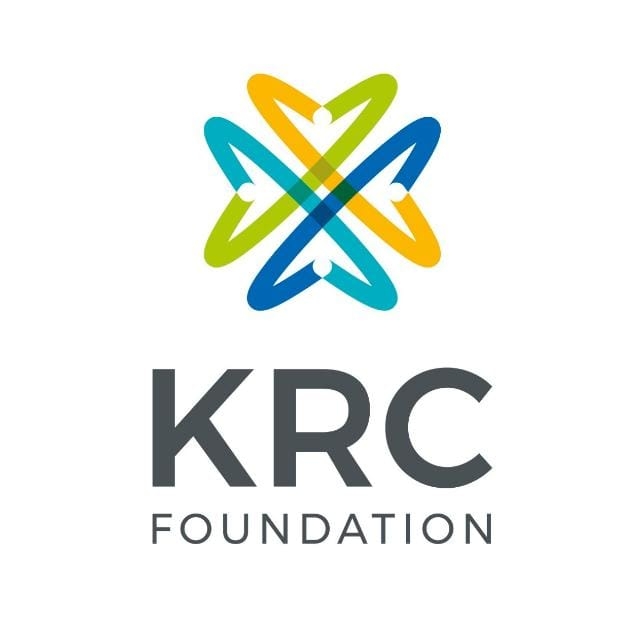With the power to democratise financial literacy, it can bring people from every stratum of society onto a level playing field
 KRC TIMES Desk
KRC TIMES Desk

Yuvraj A Thakkar
Financial literacy is no longer just a useful skill. It is now essential knowledge required to traverse the modern economic landscape. Studies have shown financially literate individuals can use their money wisely to plan for a secure future.
Today, technology is an important enabler of access to resources required to cultivate financial literacy, democratise the sector, and empower people to improve their lives. However, despite the increasing penetration of the Internet and technology, a 2021 survey found only 27% of Indians are financially literate.
Furthermore, only 16.7% of students have a general understanding of finances. With India projected to become one of, if not the leading, global economies by 2030, our society must be educated on the best practices for handling funds and making smart financial decisions.
Online platforms such as YouTube, Skillshare, Udemy, and others are invaluable tools in the pursuit of knowledge. YouTube has tutorials and explanations for practically every subject under the sun. Not only does it boast a vast catalogue, but everything on the site is free to access.
This is a critical requirement in India where the common man is looking to save as much money as possible. Channels such as Khan Academy are great starting points for everyone’s financial literacy journey. It’s not just about breaking down complex information.
While the concepts should be easy to understand, the modules must also be presented engagingly to retain the person’s interest. No one enjoys being lectured with a barrage of information in a boring manner.
Social media and digital channels have also made it easier for educators and financial experts to share information. Instagram, TikTok, and X are now filled with financial gurus offering their opinions on the latest economic trends, up-and-coming investment opportunities, and the state of the global economy.
Keep in mind that advice from such channels shouldn’t be taken at face value. But they do offer a macro perspective of the economy and break down complex information into easily digestible pieces.
Advancing technology also allows financial institutions such as banks and NBFCs to offer financial literacy directly to their customers. Bank apps can utilise push notifications, pop-ups, bank representatives, and even AI avatars to offer pertinent and timely advice.

NBFCs can leverage subscription services to reach out to their customers via messengers to advise them on how to manage funds effectively.
Artificial intelligence is going to significantly improve access to and delivery of financial literacy. With just a smartphone, one can access tools such as ChatGPT to help answer common questions regarding finances.
While it should not be used to gain investment advice, the current models of AI tools can offer practical knowledge regarding financial literacy and point the curious reader towards additional sources to gain more knowledge.
It’s no wonder that AI in BFSI is expected to hit a whopping $100 billion by 2032. Technology is a powerful tool in the hands of those with an understanding of how to use it.
With the power to democratise financial literacy, it can bring people from every stratum of society onto a level playing field.
However, as technology evolves, so must we to enjoy the benefits of its advancement. This is a crucial step not just for society but also for our personal and financial well-being.
(The writer is a MD at StoxBox; views are personal)


